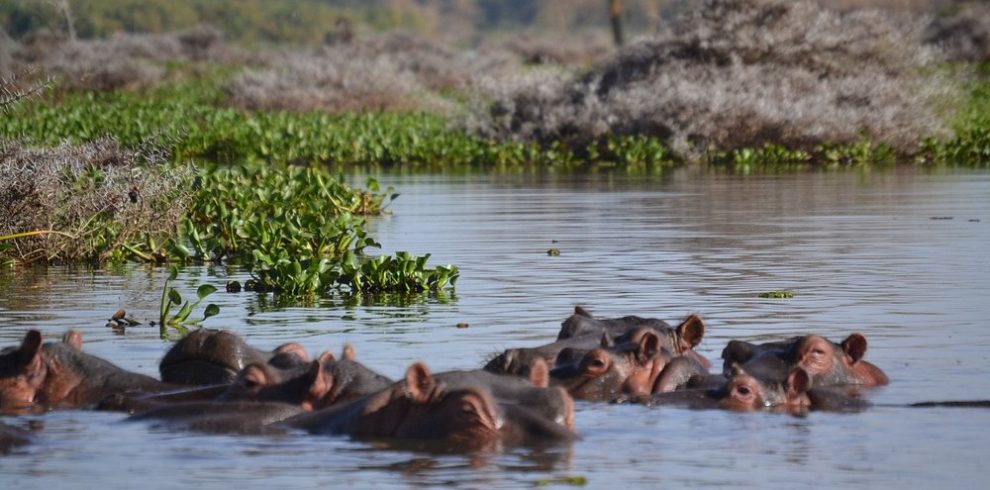
The Namib Desert is a truly awe-inspiring natural wonder, stretching across the southwestern coast of Africa, largely in Namibia, with parts also extending into Angola and South Africa. Known for its dramatic landscapes of towering sand dunes, arid plains, and diverse wildlife, the Namib Desert has fascinated travelers, scientists, and adventurers alike for centuries. It is a place where the earth appears to have more mysteries that await to be unearthed. In this article, we’ll delve into 10 interesting Namib Desert facts, offering insight into this unique and enigmatic environment. From its ancient history to its incredible ecosystem, the Namib Desert is a destination that continues to astound.
1. The Namib Desert is the Oldest Desert in the World
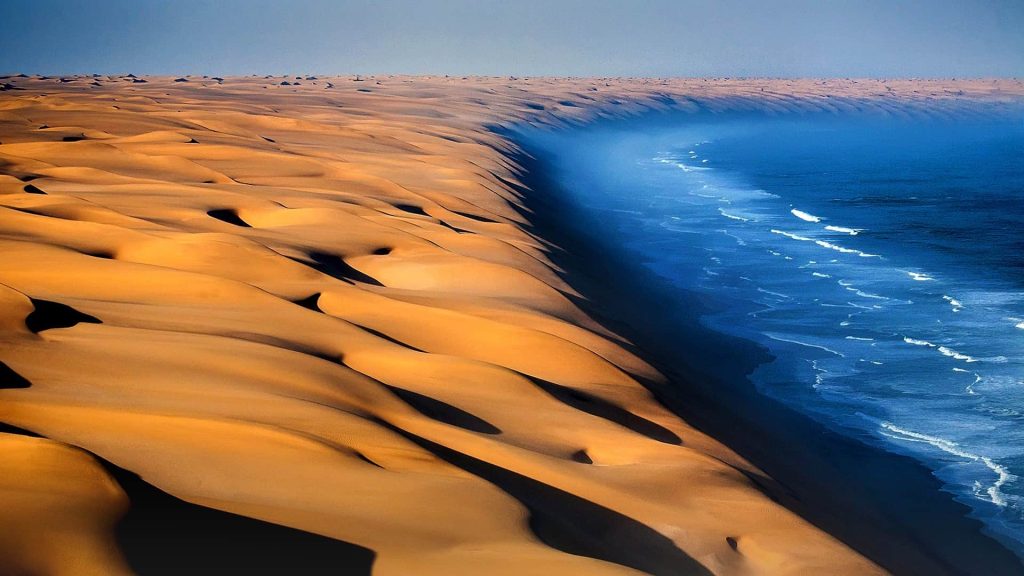
One of the most fascinating Namib Desert facts is its age. The Namib Desert is often regarded as the oldest desert in the world. Although some disagree on what desert can be considered the oldest, most scientists claim that the Namib has been arid since at least 55 million years ago, making it one of the oldest and most stable ecological systems on the planet.
Long-term aridity has facilitated special adaptations in the plant and animal life of the Namib, which make it particularly special and extraordinary in every possible way. Scholars have hypothesized that the age of the desert has enabled it to evolve its unique landforms and ecosystems making it unique compared to other desert regions.
2. The Iconic Sand Dunes are Among the Tallest in the World
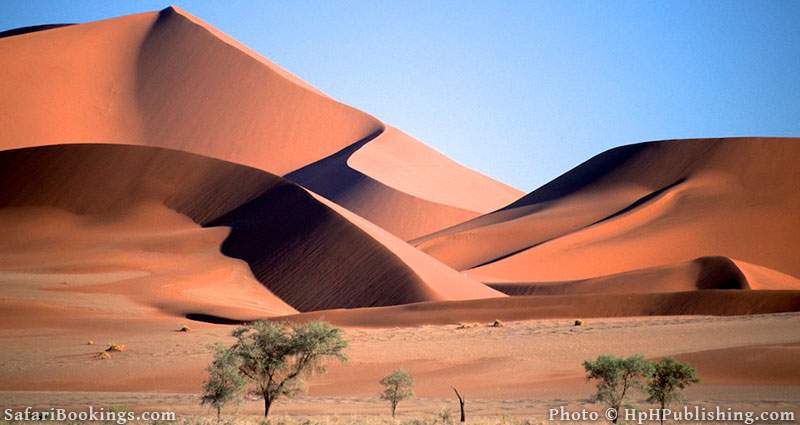
One of the most recognizable features of the Namib Desert is its towering red sand dunes. These are some of the tallest dunes in the world, especially those located at Sossusvlei. The Namib contains the tallest dune in the world, Dune 7, to an altitude of over 1,256 feet (383 meters), one of the highest dunes on Earth.
These dunes are created by a mixture of river deposits and wind erosion patterns that date back thousands of years. The sand particles found in the nearby regions have been washed into these mountains by the wind over time. The moving shape of the sand dunes forms a spectacular scenery that varies as the sun changes, giving a photographer and nature lover an extraordinary natural view photo opportunity.
3. The Desert’s Unique Flora and Fauna Are Adapted to Extreme Conditions

Despite its harsh conditions, the Namib Desert is home to a surprising array of life. The harsh conditions with low rainfall and ranges in temperature have led to some distinct adaptation by both flora and fauna.
Among the most well-known desert plants are the Welwitschia mirabilis, an unusual and very old plant capable of up to 2,000 years of living. The unusual plant has just two leaves that grow continually during its lifetime until it reaches exceptional lengths. It can grow in the harsh conditions of the desert, and its roots collect water to help it survive the driest times of the year.
Among the animals that call the Namib Desert home are creatures such as the dessert-adapted elephants, springbok, meerkats, sidewinder snakes, and desert lions. To survive in the harsh desert climate, these animals have developed different adaptations including becoming nocturnal and ability to survive without water over long periods of time.
4. The Namib Desert Was Once a Rich Marine Environment

Although the Namib Desert is now one of the driest places on Earth, its history is much wetter. Long ago, before millions of years, the area was a shallow sea full of marine animals. Fossils of marine animals, like fish and shells, have been found in the sands of the desert, showing that once the Namib had an active coast.
This oceanic terrain started shifting when tectonic movements and the elevation of landmasses triggered a withdrawal of the ocean. Over many years, the desert landscape eventually emerged, in the sand dune formations and other desert features were formed. The fossils that are present in the desert give a very interesting insight into an entirely different world that existed long before the desert itself.
5. The Namib Desert is a Key Part of the Namib-Naukluft National Park
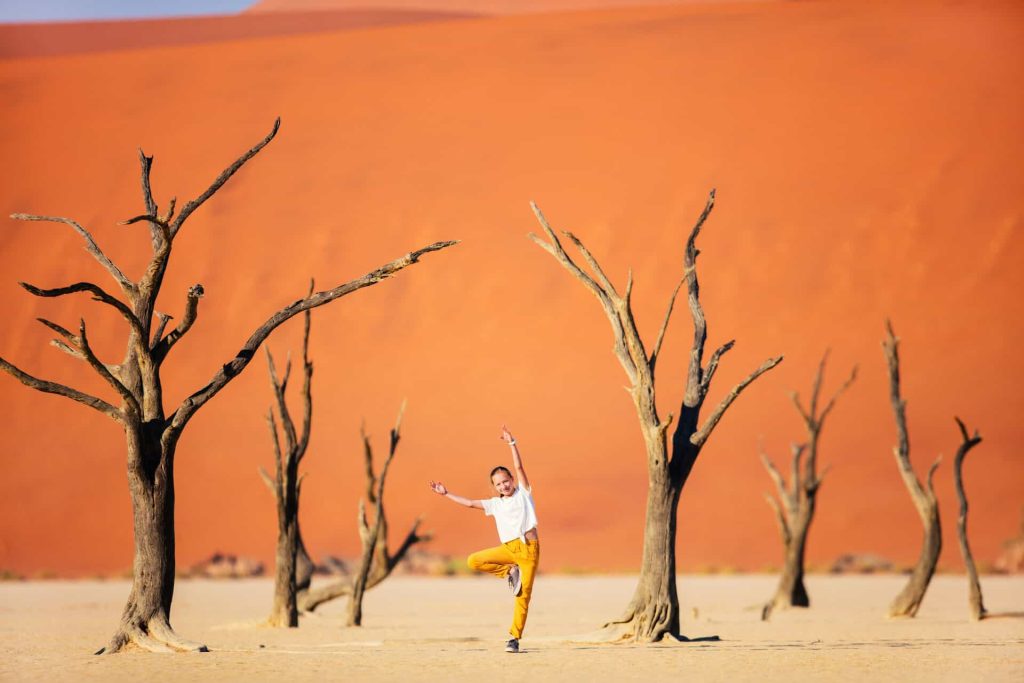
The Namib Desert is located within the bounds of the Namib-Naukluft National Park, one of the largest conservation areas in Africa. The park encompasses more than 19,000 square miles (49,000 square kilometers), making it one of the largest preserved areas in the continent. This park has an amazing degree of biodiversity, as much of it is covered by sand dunes, the barren flats and rocky features that characterize it.
The Namib-Naukluft National Park is home to other natural wonders like Deadvlei, a dried-up clay pan, and Sesriem Canyon, a dramatic river-carved gorge. The park attracts visitors from all over the world who come to experience the solitude and raw beauty of the Namib Desert, often as part of a safari or an off-road adventure.
6. The Namib Desert is Home to Ancient Fossils
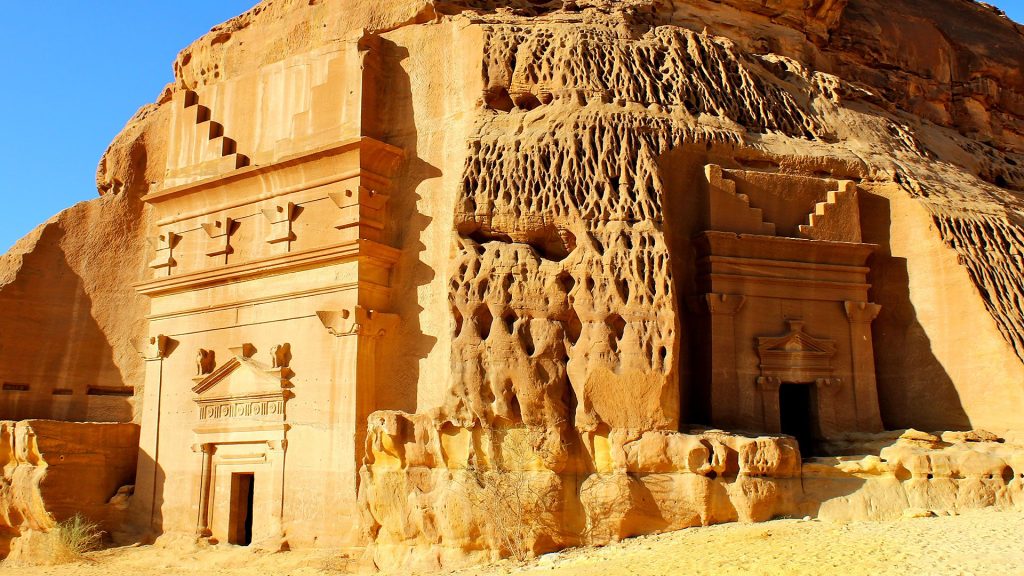
In addition to its unique plant and animal life, the Namib Desert is known for its wealth of ancient fossils. One of the most notable fossil sites in the region is The Namib Desert Fossil Site, which contains the remains of prehistoric animals, including large mammals and marine creatures, that lived in the area millions of years ago.
The fossils here provide an insight into the ancient ecosystems that existed in the region before it turned into the dry desert that it is now. Many of these fossils can be seen at local museums and research institutions, and they play a key role in understanding the geological and ecological history of the Namib Desert.
7. The Dune-Burrowing Lizard inhabits the Desert
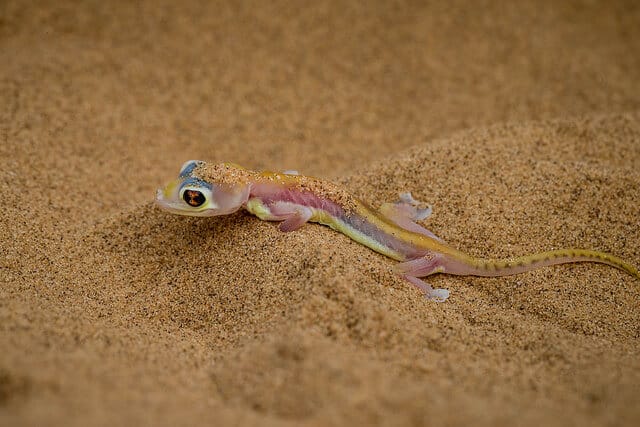
The Namib Desert is home to one of the world’s most fascinating reptiles: the dune-burrowing lizard, also known as the Namib Sand Gecko. This incredible animal has adapted to survive in the hostile desert by digging deep below the sand to escape heat. It can also be buried under the ground for a very long time, coming out at night when the temperatures go down and probing after little insects.
The dune-burrowing lizard has unique adaptations, such as pale color to blend in to the surrounding sand and its ability to survive in high temperatures, which make it an interesting subject of evolutionary processes under extreme conditions. These reptiles are just one example of how life has adapted to the challenging conditions of the Namib Desert.
8. The Cold Benguela Current Shapes the Desert Climate
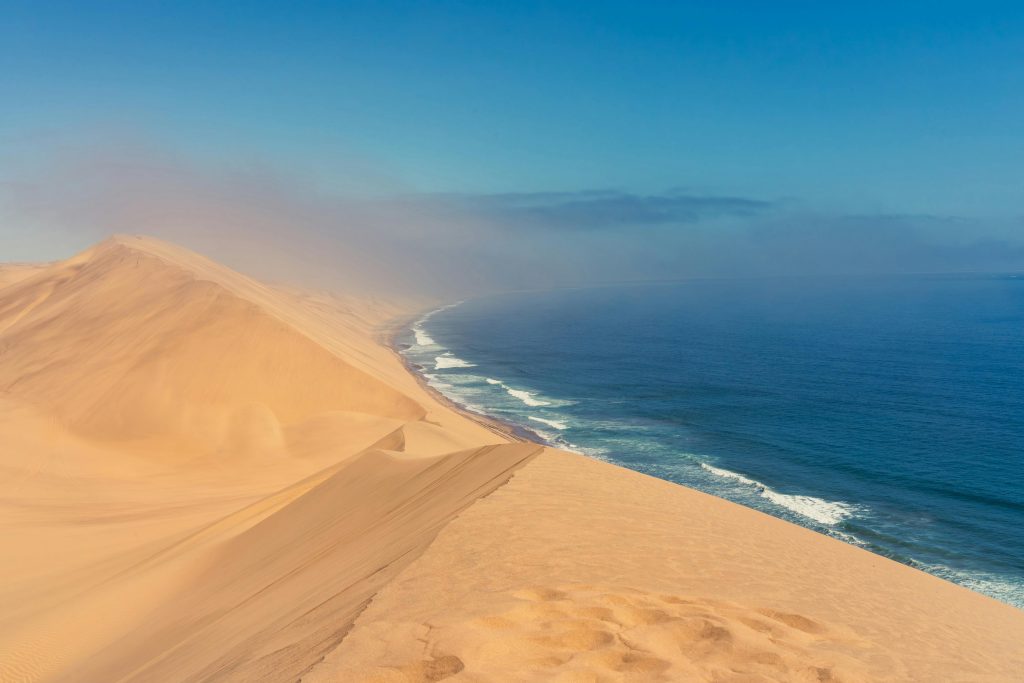
The climate of the Namib Desert is heavily influenced by the Benguela Current, a cold oceanic current that flows along the southwestern coast of Africa. The current causes cool air to be transported to the desert resulting in coastal fog. The fog furnishes an important moisture provision to the desert, and in particular near to the coast, where it is find to sustain plant and animal life.
The cold current and subsequent fog does not make the Namib a real hot desert, despite its high temperatures. The Namib is a hyper-arid desert characterized by sea fog and low annual rainfall (less than 0.5 inches (10 millimeters) in many places).
9. The Namib Desert Has Its Own Unique Weather Patterns

One of the most intriguing Namib Desert facts is the unusual weather patterns that occur in the region. The desert is so close to the coast that it bears extreme changes of temperature between the day and the night. Daytime temperatures averaging above 100F (38C) and nights nearly freezing are common. This drastic change of temperatures greatly determines the ecosystem of the desert, as well as the survival methods of plants and animals.
Further, the desert has thunderstorms, which are sometimes encountered, and they bring a brief rain that changes the scenery. These winds are unpredictable and short-lived, yet they bring much-needed water to the desert and provide temporary relief against severe desiccation.
10. The Namib Desert is a Popular Adventure Destination

Despite its harsh environment, the Namib Desert has become a popular destination for adventure travelers, photographers, and nature enthusiasts. The towering dunes (Sossusvlei), the stark skeletal trees (Deadvlei), the craggy mountains (Naukluft Mountains) make the desert a photographers dream destination.
Activities in the Namib Desert range from thrilling dune surfing and sandboarding to more leisurely pursuits such as scenic drives, hiking, and stargazing. The desert skies are some of the clearest in the world and stargazing is an unrivaled experience in an area that has little or no light pollution.
Conclusion
The Namib Desert is a place of contrasts, extremes, and beauty, where life continues to thrive against the odds. From its ancient history as a once-marine environment to the unique flora and fauna that have adapted to survive its harsh conditions, the Namib Desert offers a wealth of fascinating Namib Desert facts that reveal the complexity and wonder of one of the oldest deserts in the world.
Whether you’re a wildlife enthusiast, an adventure seeker, or simply a lover of natural beauty, the Namib Desert offers an experience like no other. Knowing these fascinating facts will allow a better appreciation of this amazing desert landscape and its significance as a living ecosystem and geological environment.



